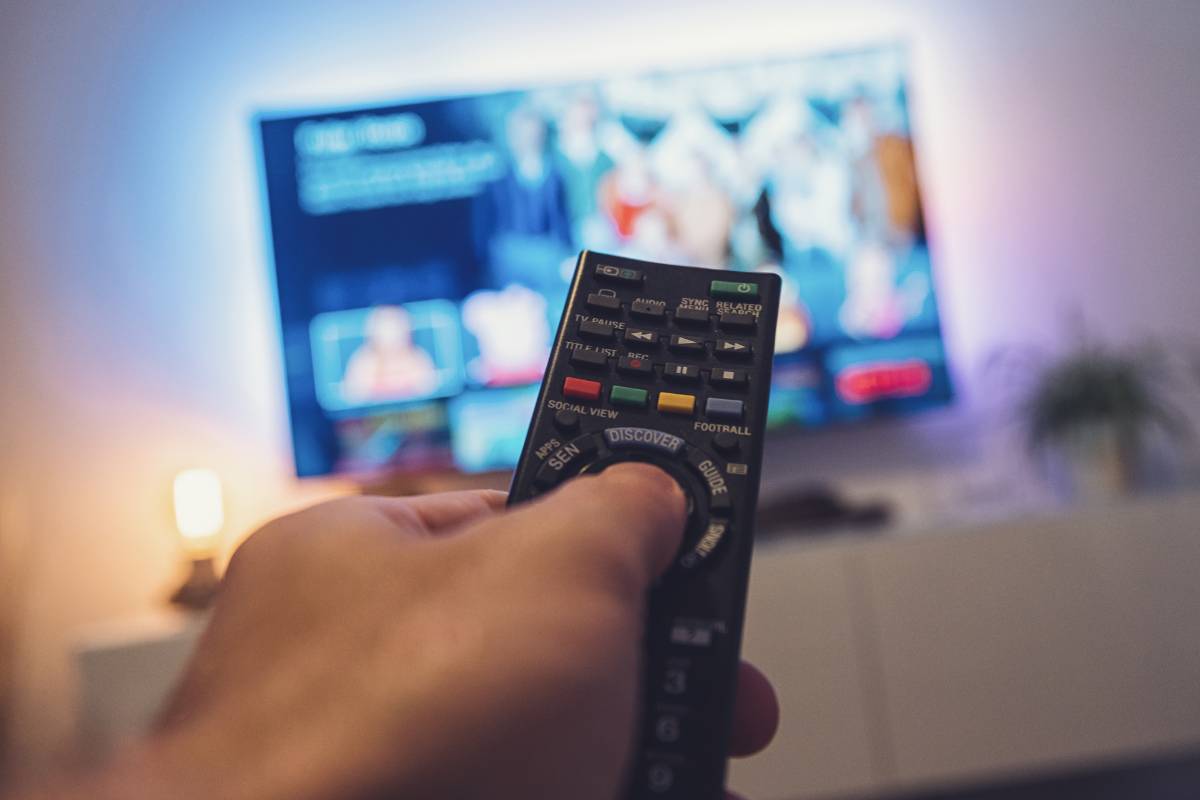Remember the days when everyone gathered around the TV at a specific time to catch the latest episode of their favorite show? If you missed it, you’d have to wait for a rerun or hope that someone recorded it on their VCR. Fast forward to today, and TV viewing has transformed in ways we couldn’t have imagined back then. The shift from traditional appointment viewing to streaming has completely changed how, when, and where we watch TV, especially for the younger generations.
With this change in viewing habits, services like fiber TV have adapted to meet the demand for high-quality, on-demand entertainment. Let’s take a closer look at how TV viewing has evolved over the years and what it means for how we consume media.
The Death of Appointment TV Viewing
Appointment viewing—the concept of tuning in at a specific time to watch a show—was the norm for decades. TV networks set the schedule, and viewers planned their evenings around it. Families would gather to watch prime-time shows, and friends would discuss the latest episode at school or work the next day. It was a shared cultural experience.
But now, appointment viewing is becoming a thing of the past. The rise of streaming services has made it possible to watch what you want, when you want. You no longer have to wait until 8 PM on a Thursday to catch the latest episode of your favorite show. Instead, you can binge-watch an entire season in one weekend if you feel like it. This shift has given viewers more control and flexibility, changing our relationship with TV altogether.
Streaming: The New Normal
Streaming services have revolutionized the way we watch TV. Platforms like Netflix, Hulu, and Amazon Prime have made on-demand viewing the new normal. With a vast library of shows and movies available at your fingertips, there’s no need to wait for a specific time slot to watch something. This shift has been particularly embraced by younger audiences who value the convenience and variety that streaming offers.
Another significant change is the ability to watch on multiple devices. You no longer need to be in front of a TV to catch your favorite show. With smartphones, tablets, and laptops, you can watch from virtually anywhere—whether you’re on a lunch break, commuting, or lounging in bed. This level of accessibility has made TV viewing a more personal and individualized experience.
The Rise of Binge-Watching
One of the most notable changes in TV viewing habits is the phenomenon of binge-watching. Instead of watching one episode a week, viewers now have the option to consume an entire season in one sitting. Streaming platforms have catered to this trend by releasing entire seasons at once, allowing viewers to immerse themselves in a show without the interruption of waiting for the next episode.
Binge-watching has not only changed how we consume content but also how shows are produced. Writers and creators now have the freedom to craft more complex, serialized stories, knowing that viewers are likely to watch multiple episodes back-to-back. This has led to a new era of storytelling, with shows that are more like long-form movies than traditional episodic TV.
Personalized Viewing Experiences
Another major shift is the move towards personalized viewing experiences. Streaming services use algorithms to recommend shows and movies based on your viewing history. This means you’re more likely to discover content that aligns with your interests, creating a tailored TV experience. Traditional TV networks, on the other hand, have a one-size-fits-all approach, airing shows at set times regardless of individual preferences.
This personalization has also extended to how we interact with TV content. With features like pause, rewind, and fast-forward, viewers have complete control over how they watch. Missed a crucial plot point? Just rewind and watch it again. Need a break? Pause the show and pick up right where you left off later. These features have made TV viewing more user-friendly and adaptable to our busy lives.
Impact on Traditional TV
The shift to streaming has had a significant impact on traditional TV. Cable and satellite subscriptions have been declining as more people “cut the cord” in favor of cheaper, more flexible streaming options. Networks are adapting by offering their own streaming services or partnering with existing platforms to reach audiences where they are.
Live TV still has its place, particularly for events like sports, award shows, and news. But even these are increasingly available through streaming services, further blurring the lines between traditional TV and digital platforms. As a result, the TV industry is in a state of transition, finding new ways to stay relevant in a streaming-dominated world.
Social TV and the Shared Experience
While streaming has made TV viewing more individualized, it’s also given rise to a new kind of shared experience: social TV. With the help of social media, viewers can discuss and engage with their favorite shows in real-time, even if they’re not watching live. Platforms like Twitter and Reddit have become virtual watercoolers where fans dissect plot twists, share memes, and connect with others who share their interests.
This social aspect has added a new dimension to TV viewing, making it a more interactive and communal activity. Even if you’re watching alone in your living room, you’re still part of a larger conversation happening online.
The Future of TV Viewing
As technology continues to evolve, so will our TV viewing habits. With advancements in internet speeds and services like fiber TV, streaming quality is getting better, making it easier to enjoy high-definition content without buffering. Virtual reality and augmented reality are also on the horizon, promising new ways to experience and interact with TV content.
In this ever-changing landscape, one thing is clear: the way we watch TV will continue to evolve. Whether it’s through more personalized recommendations, enhanced interactivity, or new forms of storytelling, TV viewing is becoming more dynamic and tailored to our individual preferences. So, while appointment TV viewing may be a thing of the past, the future of TV is looking more exciting than ever.
In conclusion, TV viewing habits have shifted dramatically from the days of appointment TV viewing to the age of streaming, binge-watching, and personalized experiences. This evolution has not only changed how we consume content but also how we engage with it, making TV a more versatile and interactive part of our lives.
















